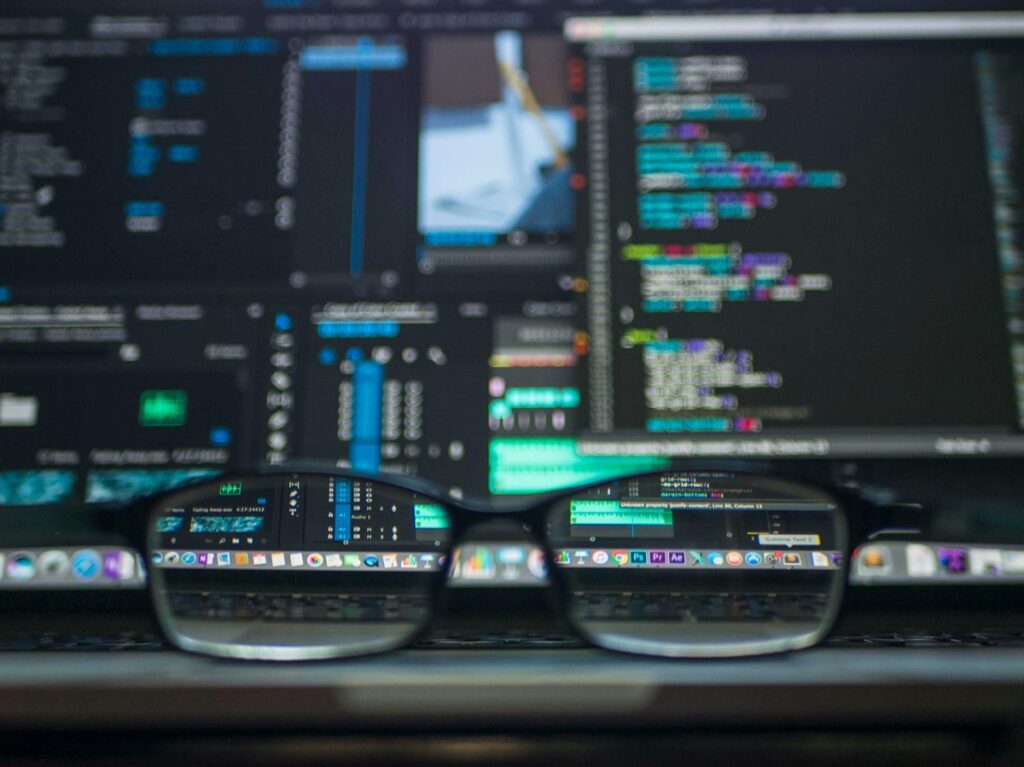Artificial intelligence has changed the approach to various tasks, such as detecting content authenticity, plagiarism, and more. AI detectors promise to distinguish between human-created content and that generated by algorithms. But how reliable are these tools? Understanding their accuracy and limitations is essential, especially as they are increasingly used in education, journalism, and business. This article takes deep insight into how reliable AI detectors are. The discussion reveals strengths, weaknesses, and points that should be considered while operating these tools for a proficient performance.
AI Detector’s Role in Modern Online Life
In an all-machine-content-world environment, AI detectors can serve as a lifeline, capable of filtering where those same AI tools might have composed the essay, report, or even your art. They are popular most in academic institutions and online forums where originality is held in high esteem. While it is true that these detectors have tremendous potential, the validity of them will depend upon algorithms being of good quality. Some outshine in their ability to detect patterns in AI-generated text and might misclassify human-created work due to doubts regarding their reliability.
Accessible and Reliable Solutions for Evaluating Content
As the demand for AI detection tools rises, the appeal of an AI detector free of cost has grown significantly. These tools are accessible, easy to use, and serve as a convenient starting point for detecting AI-generated text. While free versions may have limited features, they are a practical option for initial scans and can often meet basic needs effectively. By pairing free tools with additional checks, users can achieve reliable results while benefiting from the simplicity and affordability of these services.
How Good Are AI Detectors?
The accuracy of AI detectors depends on their training and the datasets they use. High-quality AI detectors analyze syntax, structure, and patterns to predict whether content was generated by humans or machines. However, they are not perfect. Many struggles with nuanced writing or hybrid content and declare it as human written. Additionally, frequent updates to AI models, like GPT, make it difficult for detectors to keep up. While they can be a useful tool, relying on AI detectors as the only measure of authenticity can lead to errors, especially when it comes to subtle or creative writing.
The Issues and Biases of AI Detectors
Like any AI system, detectors are only as good as their data. Bias is one huge challenge—if a detector was trained on a narrow dataset, it might fail to recognize diverse writing styles or non-standard English. Detectors can also produce false positives, marking human content as AI-generated. This can be particularly problematic for professionals or students whose work is scrutinized with these tools. The limitations of AI lie in its very being detectors can spot patterns but cannot interpret the nuances of meaning and creativity like humans do. Without the ability to discern the intent behind writing, reliance on a detector for accuracy is sketchy in most complex cases.
Do You Have to Depend Solely on AI Detectors?
Detectors are helpful tools but not a cure-all. Whether you’re a teacher, employer, or content creator, relying solely on these tools might lead to oversights. Human judgment remains crucial when evaluating content flagged by detectors. Instead of using them as definitive arbiters, treat them as part of a broader process. For instance, if a detector flags something, manually review the content to understand why. A combination of strengths from AI tools and human oversight is a more balanced approach and less likely to bring unfair outcomes.
Conclusion
AI detectors are crucial in this journey of navigating the modern complexities of digital content. Although they are helpful, bringing insights and revealing how AI tools may be used improperly, their trustworthiness is not absolute. The level of accuracy varies widely among different tools, and issues like biases and false positives cannot be ignored. Tools like free AI detectors are good for rapid checks but lack the depth needed to make decisions that count. Best used as an auxiliary resource that is merged with human capability, AI tools will advance, and so will the detection tools intended to monitor it; thus, one should always stay informed and keep pace with this change.

